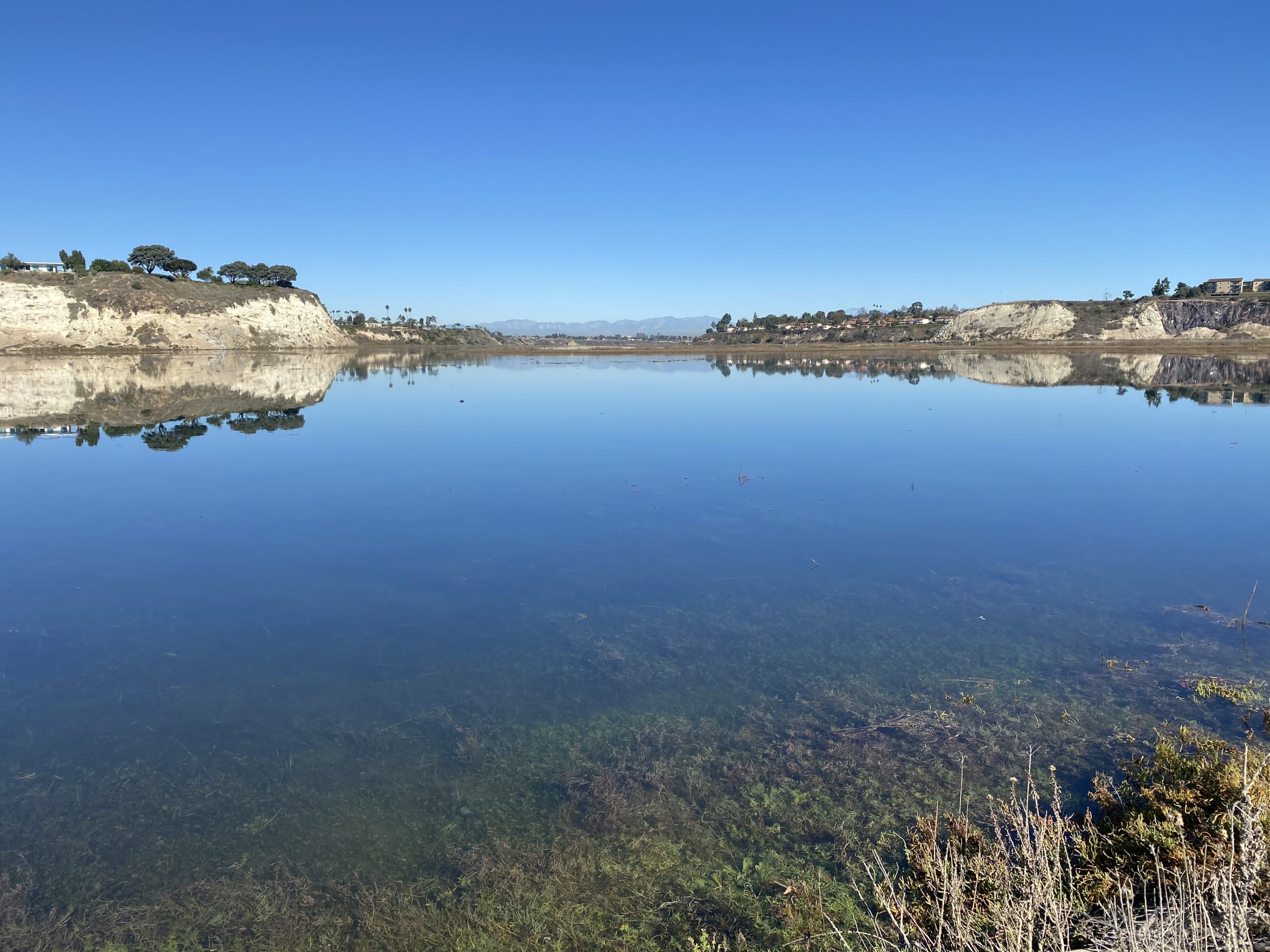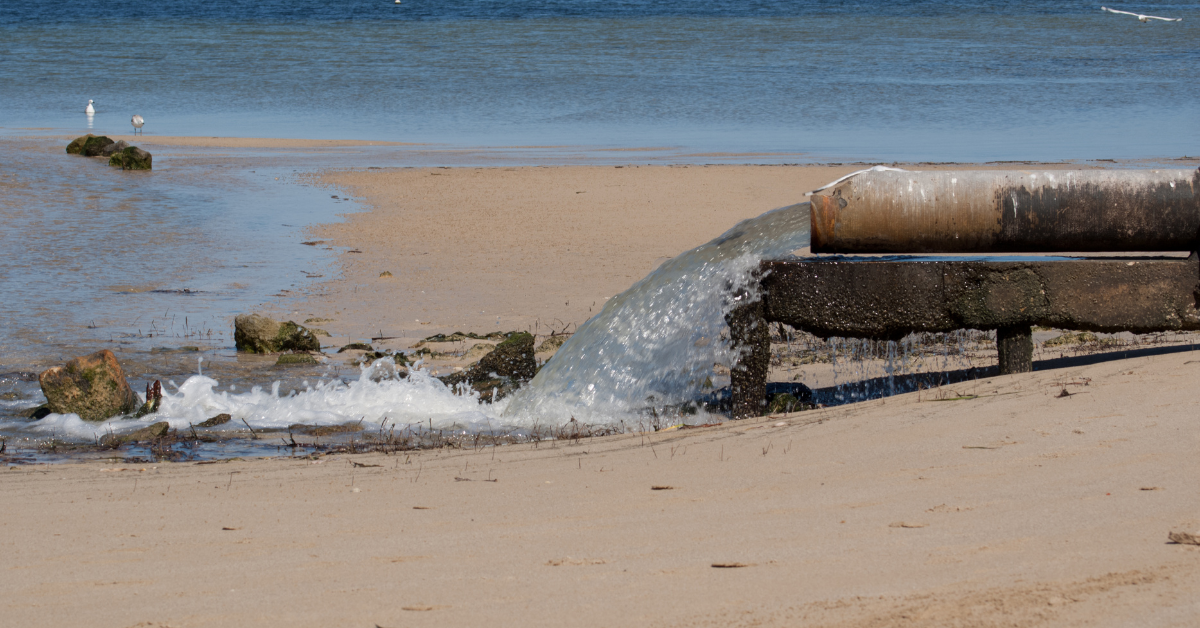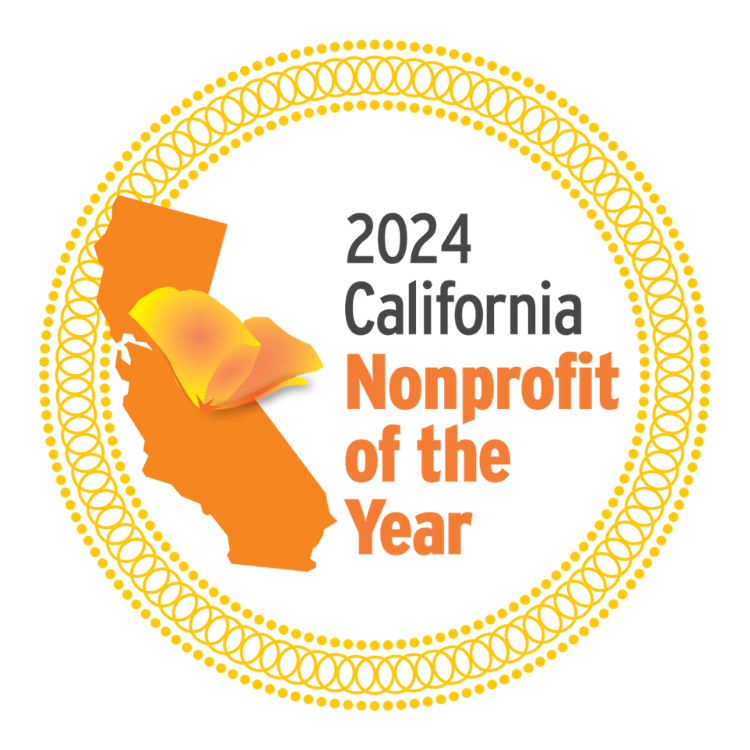Orange County beaches are some of the best beaches in the world – OK, we admit we’re a little biased here.
But these beaches do provide an oasis to Southern California beachgoers for the most part of the year, especially during summer.
While many of us can hardly wait to take that first plunge into the waves, it is important to know what to look for to make sure water conditions are safe to swim in.
There are many factors to consider for water safety – like rip currents, surf conditions, and even lightning – but we’d like to focus on two dangerous conditions that we’ve experienced in recent weeks in Orange County: stormwater pollution and King Tides.
The dangers of King Tides

King Tides are a natural phenomenon that we often experience along the coast, causing coastal flooding.
Just recently, we experienced one of the first major King Tide events of the season.
While most of the time these tides are harmless, there are a few things beachgoers must take into consideration before exploring the coast during these tidal events.
Much like heavy rainstorms, King Tides can affect the water quality if the coastal flooding is high enough. The tidal water can become contaminated with street trash, fertilizers, and other pollutants, which can cause illness if ingested.
If enough fertilizers and nutrients return to the ocean after coastal flooding, marine life can also be affected by the extreme high tides in the form of algal blooms, which often deplete dissolved oxygen levels when the bloom dies off due to the eutrophication process.
Lastly, King Tides can easily entrap beach explorers who are walking the tidepools and sea caves along the coast. It’s important to know when high tides are occurring to time a safe beach exploration with the family.
Staying Away from Polluted Stormwater

Stormwater pollution is the number one water quality problem for Orange County. Stormwater commonly contains heavy metals (such as copper, lead, and iron), trash, bacteria, and pH-affecting contaminants. Stormwater pollution also accounts for more than half of the total pollution entering surface waters each year.
If you watch the local television news after a major or even moderate winter storm, you will likely see a story showing beach closures or warning signs up and down the Southern California coast. Most recently, we experienced our “first flush” winter storm that made water quality unhealthy for swimmers.
The pollution brought on by these storm events can cause nausea, vomiting, stomach pains, and other health problems that can leave swimmers out of the water for extended periods of time.
To prevent illness from polluted stormwater, we advise to keep out of the water for at least 72 hours, if not longer, after a heavy storm.
How does Coastkeeper help?
As part of Coastkeeper’s efforts to protect our swimmable, fishable, drinkable and sustainable waters, we keep a close eye on regulatory processes that affect stormwater.
The systems that collect stormwater from streets, walkways, parking lots, business properties, industrial sites, landscapes, and many other surfaces usually discharge untreated water into a stream, river, bay, or the Pacific Ocean.
We’re deeply involved in the processes that oversee environmental regulation to ensure government agencies effectively keep us safe from polluted stormwater.
You can learn more about stormwater pollution monitoring and regulations here. If you want to get involved in our stormwater monitoring program, please contact Ray Hiemstra (Ray@coastkeeper.org).
We have also recently partnered with Swim Guide, an app that provides beach and water quality information. Stay tuned for updates on the information regarding your favorite Orange County site.





